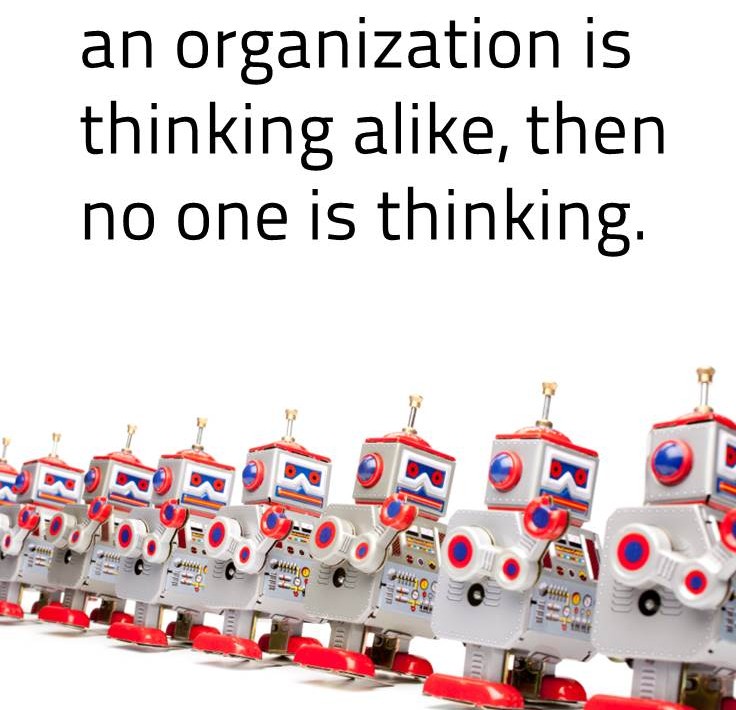Podcast: Play in new window | Download
Want to learn more about innovation and R&D? well you’ve come to the right place with this episode!
This great interview with Mr. Phil McKinney of Cable Labs and PhilMcKinney.com is a perfect introductory interview for this podcast. Mr. McKinney did not disappoint with fascinating insight and commentary about the use of science and technology in the private and public sectors.
Phil McKinney is President and CEO of CableLabs. He heads the research and development organization responsible for charting the cable industry’s technology and innovation road map.
Prior to joining CableLabs, Phil was the VP and CTO of the $40 billion (FY12) Personal Systems Group at HP. He was responsible for long-range strategic planning, R&D and product road maps for the company’s PC product lines, including mobile devices, notebooks, desktops and workstations. In addition, McKinney was founder and leader of HP’s Innovation Program Office (IPO). The IPO was chartered to identify, incubate and launch adjacent and fundamentally new technologies, products and services that would become the future growth engines for HP.
Interview Notes:
Phil shares how he began podcasting with his Killer Innovations podcast even before iTunes and it was primarily as an outgrowth of his blog and in response to people seeking him for advice in how to lead innovative teams to come up with great ideas that turn into profitable products.
Phil is excited about the future of display technologies and the new enabling technology that next generation displays are enabling. Check out Corning Inc.’s A Day Made of Glass video here or part 2 here
Phil suggested that it might be a good idea to be in the top quartile of your competitors in R&D spending.
Phil pointed out the healthy role between government and science. President Kennedy set the vision to travel to the moon yet he let it to the scientists and engineers to actually get there. Kennedy did not attempt to pick the technological winners and steer funds to any one technology. Kennedy only set the vision (BHAG, Big Hairy Audacious Goal) and made the way for resources, he did not attempt to guide the scientists and engineers in the technology or strategy of how they successfully made it to the moon. See Kennedy’s speech here to Congress from 1962 challenging the nation to strive for the moon.
Check out Phil McKinney’s website here.
Check out Phil’s Killer Innovations Podcast site here. Or search for Killer Innovations in iTunes, Stitcher or wherever you listen to podcasts.
Purchase Phil’s Beyond the Obvious Book Here (affiliate link)
Beyond The Obvious Book
The opinions expressed in this podcast are not necessarily those of my employer or the employer of my interviewees.



